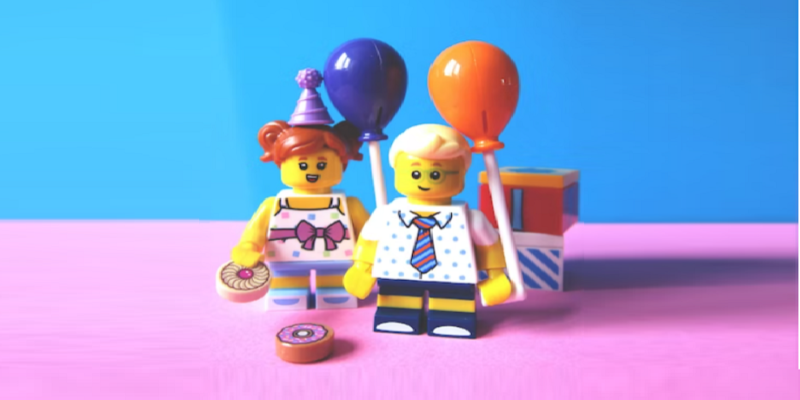
Within neuroscience we are strongly encouraged to cultivate the ability to have fun and explore life through games or by using play. This approach to life has been shown to promote neurogenesis that helps to keep the brain younger for longer, however we do normally need to make a distinction between play and having fun, because when a person is ready to have fun they are not really following any rules and will have the freedom to do things in ways that they enjoy.
Whereas, when you or your clients play a game or try a new exercise within a coaching session or at home, you can still have fun, but this type of play will involve following steps or playing by a set of rules. Therefore you will need to understand the boundaries in which you operate, so our way of adding creativity into coaching is to try and be open to try new things and tap into the inner child. This way both you and your clients will be free to escape the real-world and explore creativity or play within a safe space together.
“The use of imagination or original ideas to create something; inventiveness.”
When adding creativity into coaching sessions or working on your own creativity, it can be helpful to prioritize the experience over any tangible results. Especially if the absence of a goal can sometimes be an essential condition, but may feel a little alien. So above all this is about simply having the experience, finding ways to have fun in life and taking the time out so you can marvel at the unexpected and use what you learn within your coaching sessions with your clients.
Creativity does not come easily to everybody so there may be some situations where as a coach you feel a particular coaching tool or technique would work well because it enables your client to have fun, however it is always important to note that not every client will be willing to try something different. It is always helpful to first ask for the client’s permission to introduce something new and always give them the choice. That way, the client remains in control and is able to decide what works best for them. But remember, being creative does not come easily to everybody, so adding creativity into coaching may not work for everybody.
But all of us, no matter what our line of business or where we live, we may at some point be required to adapt and adjust to new situations. So as a coach, cultivating your own creativity means giving yourself the permission and opportunity to always stay curious and alert. So, when a strange idea springs to mind or something unusual happens, try giving the door a gentle nudge to open it a little more and see if you can have fun with it, instead of letting the door slam shut.
And always being open to new experiences will normally require you to have a high degree of openness when it comes to new concepts, different beliefs, unusual perceptions and ever-changing assumptions. It can help us learn how to tolerate ambiguity and normally involves being able to accept conflicting information without the need to ultimately close down the experience. This ability to be in the moment and learn to experience what is happening right now, will undoubtedly be one of the conditions if you want to fully access your creativity, learn to play and open yourself up so you are free to have fun.
If you would like to learn how to successfully add creativity into your coaching sessions, check out our new ebook in the online shop:
Please note – Please include a reference and link back to this original blog if you wish to copy or share anything we have written: (cc) MyCoachingToolkit.com – 2022